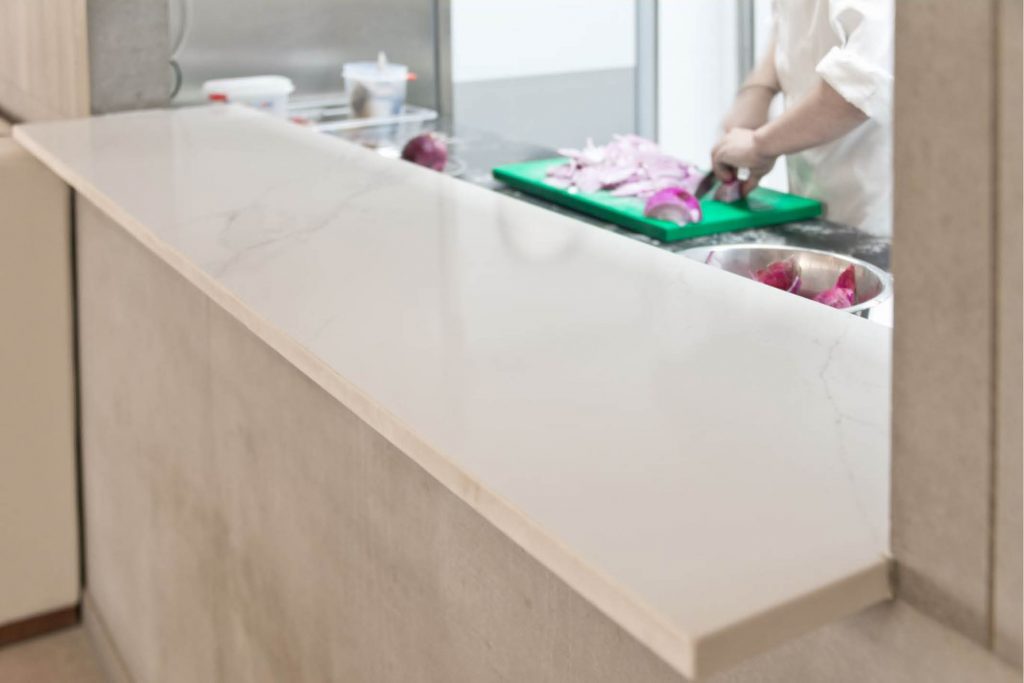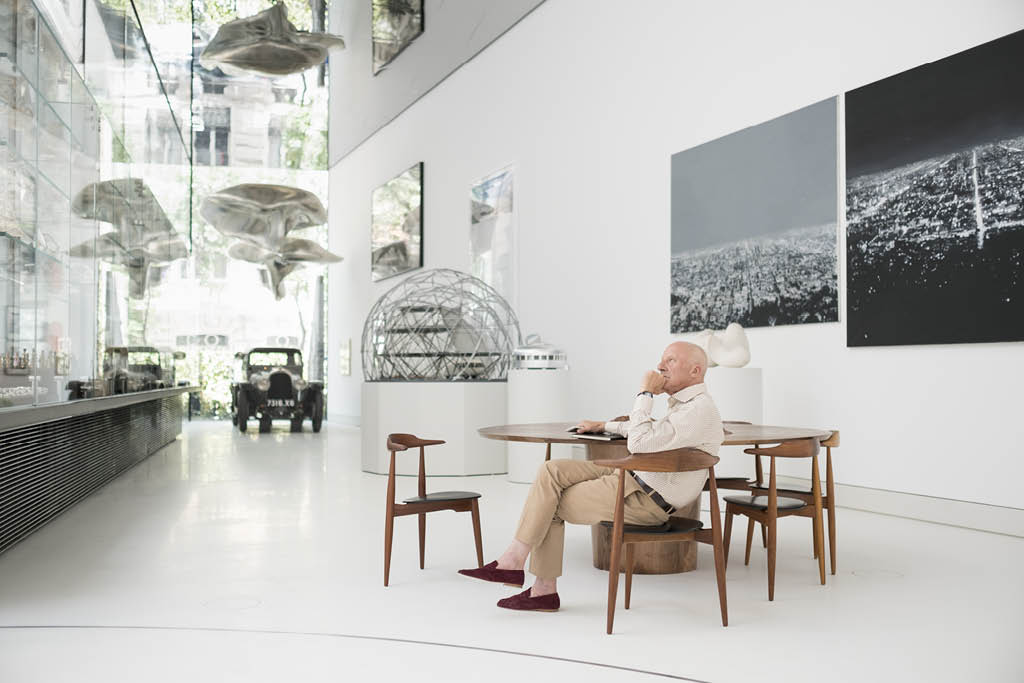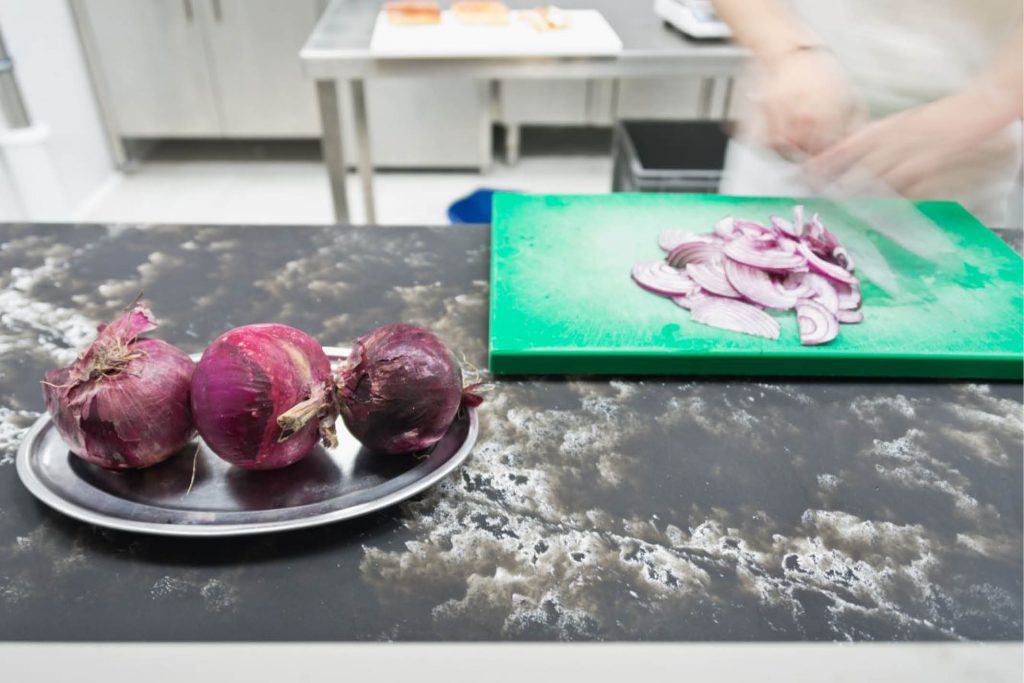
David Pallás, a benchmark master chocolatier in the pastry world, passes on his cocoa-flavoured knowledge at his school in Granollers (Spain) whilst taking his love for chocolate beyond the shores of Spain in difference formats. In addition to running courses and workshops, he organises tastings and demonstrations at schools and bakeries in different European countries; he also travels around and runs courses and masterclasses every weekend for professionals and even children. This craftsman is a top-notch communicator with his own programme on a speciality cooking channel and once starred in his own show on state television.
We noticed how in one video on a social networking site broadcast to thousands of followers he spread a huge sheet of chocolate on a worktop. This led to us asking ourselves a question that whilst seeming obvious at first, has much more to it. When designing the kitchen of a master chocolatier, what features should you look for in a work surface?
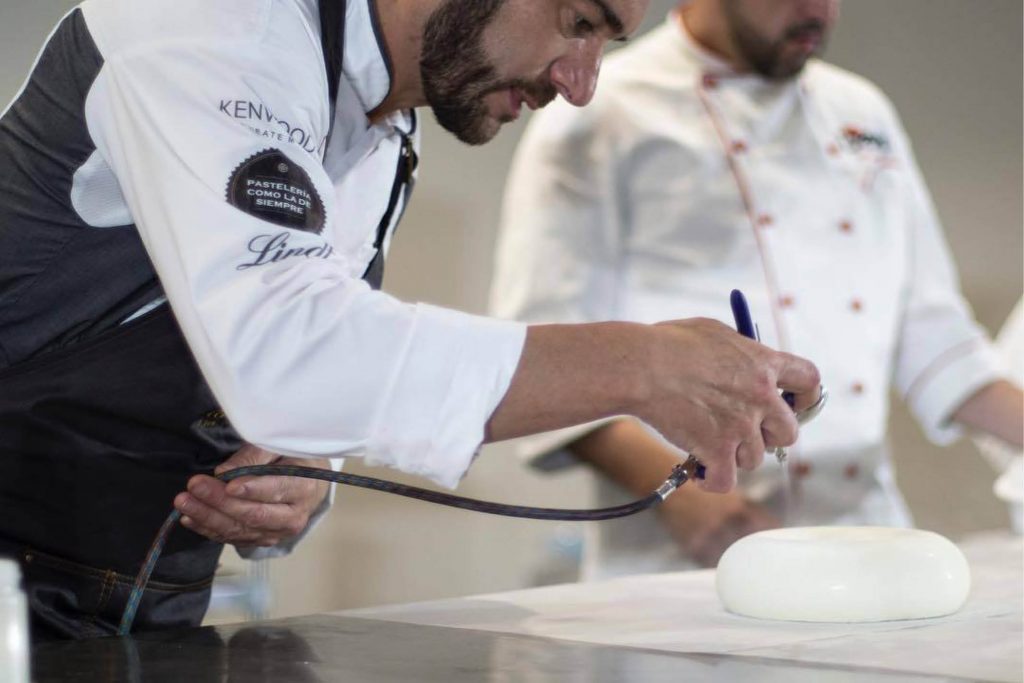
‘For me the worktop is the most vital part of the kitchen. For chocolate and pastry in general, the table where we work is the most important section‘, states the confectioner, ‘it’s all about texture and temperature’. Pallás explains that in order to work a product such as chocolate, ‘you need a non-porous material that does not heat up quickly and tempers the product‘. This is why quartz—and for David specifically, the Unique Venatino collection by COMPAC—is the best tool. ‘Many people have switched to stainless steel but you soon realise that it’s no good when cooling a cream, as steel conducts heat and quickly warms up. It’s not like stone, which cools down quickly’, adds Pallás.
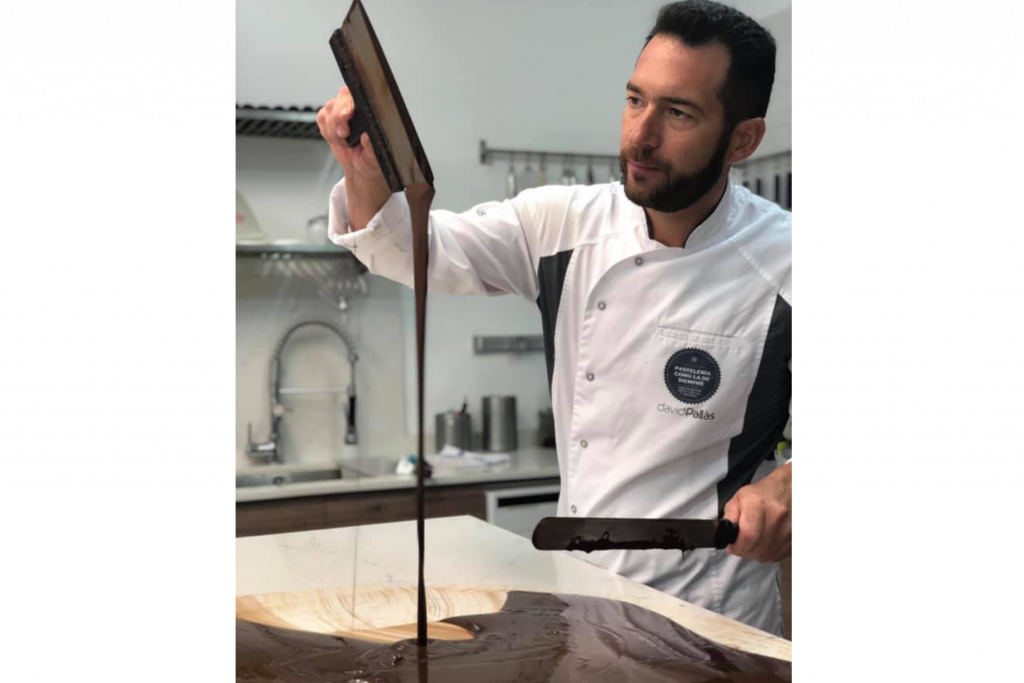
Temperature is key in confectionary: ‘for example, if you have a lemon cream and need to reduce the temperature, there are only two options: putting it in bowls or Tupperware and placing it in the fridge, or spreading it on the worktop where it tempers in five to ten minutes’, he underlines, adding that ‘flipping it with the scraper cools it down. If the ambient temperature is 20 degrees, the stone is 20 degrees’. As well as being practical, quartz’s hygienic nature is a key feature. Only a neutral pH soap is needed to clean stone and it is ready to be used again.
When refurbishing, listening to the chef is key
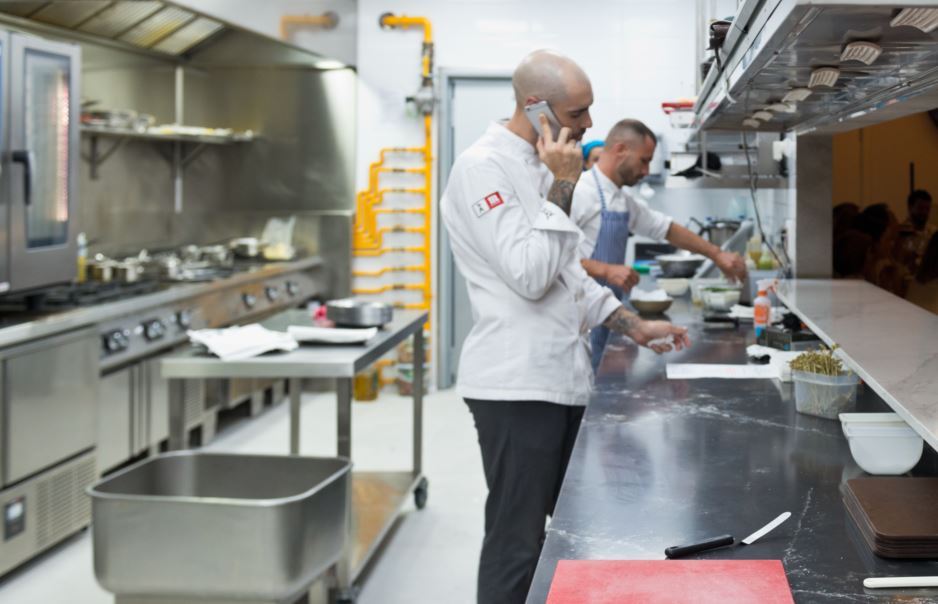
Nicolás Román completely agrees on how suitable quartz is for professional kitchens. Román is executive chef at the Átic Restaurant in the Palau Alameda in Valencia (Spain)—a benchmark for fresh produce and rice dishes, as well as for traditional cuisine with a standout creative flair.
Román highlights the elegance of quartz worktops both from a visual and a functional perspective. As we detailed in an earlier feature, Palau Alameda was completely renovated by Parolio Estudio, who chose Ice Black from the Ice of Genesis Collection by Arik Levy for the kitchen.
‘It means you can work with chocolate, it’s easy to clean, basically non-porous and ideal for temperature control’, explains the head chef at Átic Palau Alameda. In the kitchen, ‘you need resistant products as they get intensive use: you have to be able to put a frying pan on a worktop without any concerns’. This is why when refurbishing a kitchen, it is important to listen to the chef and not just be swayed by professional architectural criteria.
